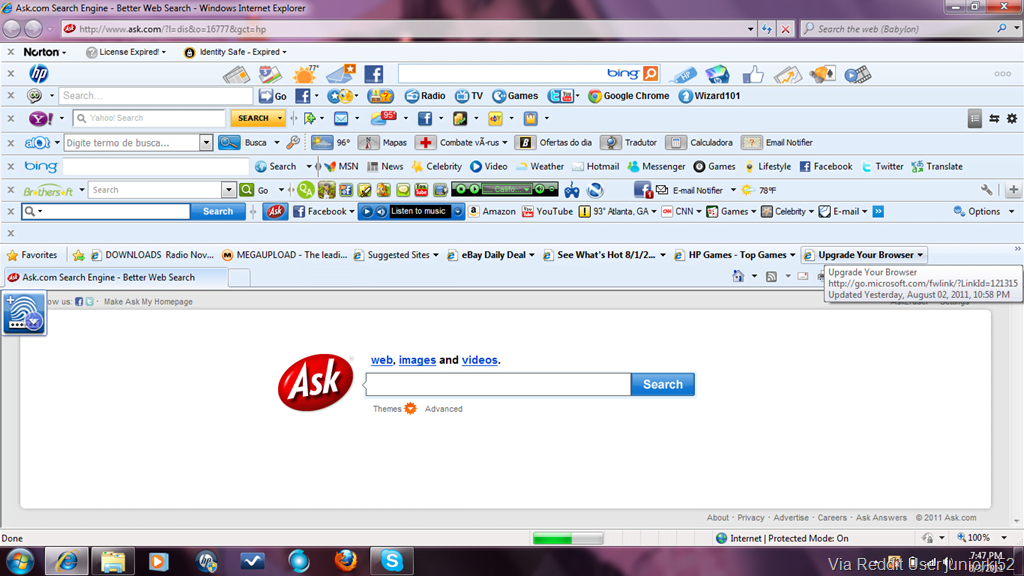

Years ago I bought an angle grinder from Aldi, for about 20,-. After 30 min it started to smell and the enclosure started to melt. I brought ist back still warm and smelling burnt in order to recieve my refund. Although I knew it couldn’t be of good quality I expected it to last a little bit longer. If you buy cheap you buy twice.



If I had to guess I would say that the majority of micro plastic in humans comes from food packaging and food containers.
When it comes to convenience food (like microwave dinners) everything is packed with plastic. If you poke holes into the seal in order to microwave it, plastic particles find their way into the food, and thus into your body. Plastics are everywhere: the inner lining of a tin can, for example, is made of plastic to avoid that the beverage or the food takes on the taste of the tin can. I assume that if you turn the cap on a soda bottle in order to open it, plastic particles float around in the air nearby the opening and get into the body when you directly drink from the bottle just after you opened it. Every pit of food that is wrapped in plastic will be contaminated with micro- or nano plastic particles, either by mechanical impact (caused by opening the packing) or because chemical components.from the plastic will dissolve into the food over time (hence why bottled water has an expiration date).
Another role into the accumulation of micro plastics into the human body ist that we simply breath it in. micro- or nanoscopic plastic particles from our clothes, from car-and bycicle tires (the most severe micro-plastic pollutant by the way), shoes and things made from plastics in general that are exposed to wear and tear and also to sun light (UV light will disintegrate any sort of plastic).
There is no escape.